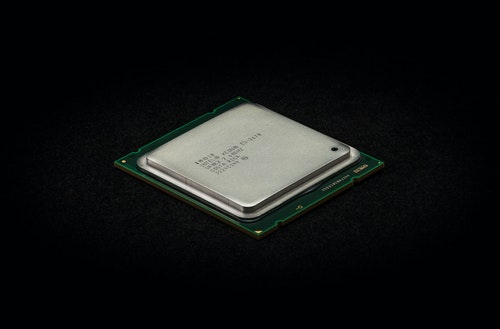Huawei's day of reckoning finally arrived this week.
Starting from September 15, the third and most severe round of US sanctions began, denying Huawei access to any components made with US technology.
Key Asian-based chip suppliers such as TSMC, Samsung, SK Hynix and Mediatek have all had to terminate their supply agreements with the Chinese firm.
Here are three key questions about the US sanctions and their impact.

(Source: Pavel Churiumov on Unsplash.)
How long can Huawei last?
The biggest hit on Huawei is felt by its handset division, which for the past two years has accounted for more than half the company's revenue.
In particular the latest ban means Huawei's Taiwan fab partner, TSMC, will no longer make the Kirin chips that power its high-end smartphones – a serious blow that almost certainly will eliminate Huawei as a competitor to Apple and Samsung.
Richard Yu, the head of Huawei's consumer division, has confirmed the termination of Kirin supply, though he did not say how much inventory remained.
China's National Business Daily, quoting a securities analyst with close supply chain sources, says Huawei has warehoused enough Kirin chips to last until early next year.
Already, Huawei has cut its forecast for smartphone shipments in 2021 to 50-70 million, compared to the 240 million units sold last year and an estimated 195 million this year, NBD reported.
By contrast, basestation chips are not nearly as much affected, mainly because of the much lower volume required. Huawei has stored up enough basestation components to support its network business for several years.
What is the impact on the global supply chain?
Taiwan chip and component firms enjoyed a mini boom as they worked overtime to supply Huawei before the latest sanction took effect, with more than 20 hitting all-time records. According to Nikkei Asia Review, in August MediaTek enjoyed a 42% year-on-year bump in sales and TSMC 16%.
But now that the ban has taken effect, Huawei – which spends around $70 billion a year on components – will exit from a large part of the global supply chain.
The broad nature of the ban means compliance could be tricky. Suppliers will need to be certain their products do not end up in Huawei kit. This uncertainty could be why even some Chinese suppliers have suspended sales to Huawei, according to a Digitimes report.
Traditionally, Huawei's most important suppliers have been in the US, which accounted for $11 billion in purchases in 2018. Many of those were able to continue shipping to Huawei in the wake of the initial ban in May 2019, but they will find it almost impossible to skirt the latest measure.
South Korean firms such as Samsung and SK Hynix will certainly feel the pain. Semiconductors are South Korea's biggest export and China its biggest market. It sold $22.5 billion worth of mostly memory chips to China and $11.4 billion to Hong Kong in the first seven months of the year, accounting altogether for 62% of chip exports.
Japanese companies sold about 1.1 trillion yen ($10.4 billion) in components to Huawei last year, Omdia has estimated.
For Taiwan's TSMC, the world's biggest chip fab, Huawei is its second-largest customer, while Mediatak is one of Huawei's biggest suppliers of components for mid- and high-end phones.
These suppliers are already chasing Huawei's smartphone rivals, such as Apple and Chinese brands Vivo and Realme.
Overall, we will see an accelerated restructuring of electronics supply chains and global partnerships.
What happens next?
The next key date is the US election on November 3.
Regardless of the outcome, Washington's China policy is unlikely to significantly change course. Sanctions and the decoupling of tech supply chain are not only here to stay but may well be expanded.
But there's a view that with the election gone the incoming administration will have the ability to dial back some of the harshest measures, not least because of the costly "disruption" to US industry.
In particular, there is no serious reason to constrain Huawei's handset business.
In Washington's 15-year pursuit of the firm, no agency has ever identified Huawei consumer devices as a threat. And it certainly doesn't make sense to sanction Huawei but not Xiaomi and Oppo.
Related posts:
— Robert Clark, contributing editor, special to Light Reading
The Link LonkSeptember 18, 2020 at 09:29PM
https://ift.tt/33Argfm
Huawei will run out of smartphone chips early next year - Light Reading
https://ift.tt/2RGyUAH
Chips

No comments:
Post a Comment